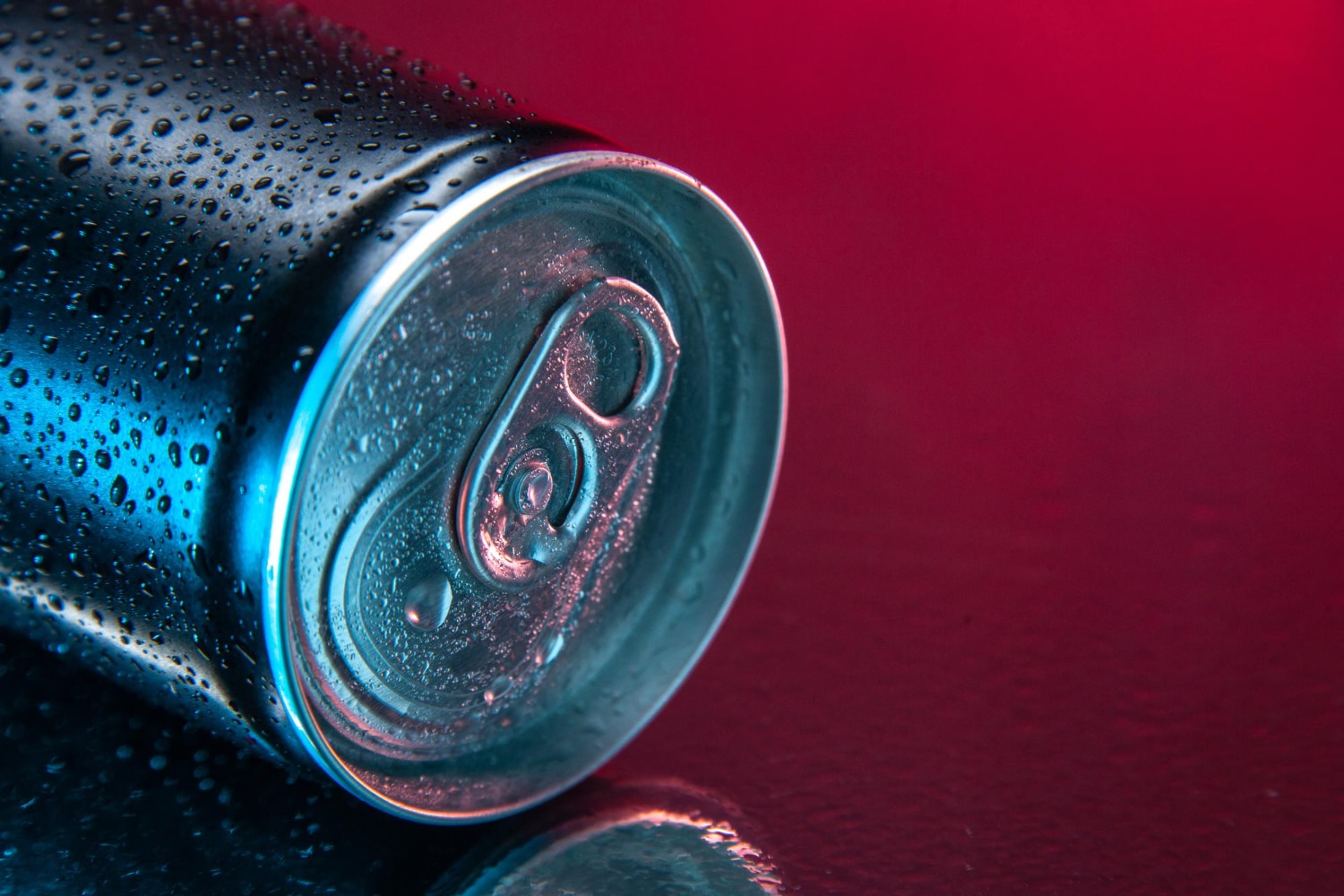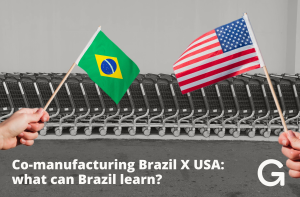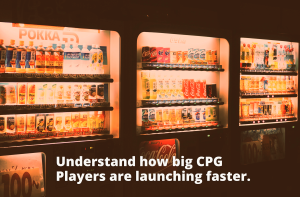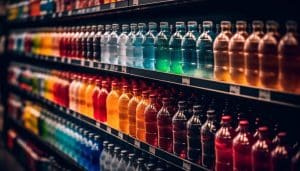The market for branded energy drink has become a vibrant segment of the beverage industry, characterized by robust growth and dynamic consumer engagement. As lifestyles grow increasingly hectic, more consumers are turning to energy drinks for a quick boost. This trend presents a wealth of opportunities for beverage brands and manufacturers aiming to energize their portfolios with innovative offerings.
A Growing Market
The global energy drinks market is on an impressive upward trajectory, anticipated to reach a value of USD 188.15 billion by 2031. This growth is forecasted at a compound annual growth rate (CAGR) of 8.47% from 2023 to 2031, fueled by the widespread appeal of energy drinks known for providing instant energy boosts, mental sharpness, and enhanced physical performance.
Energy drinks enjoy massive global popularity, with a significant number of consumers, particularly among the youth. Although comprehensive statistics on global consumption are elusive, studies indicate high usage rates, especially among young adults. About 34% of college students report regular consumption of energy drinks, drawn by their benefits such as increased energy, improved focus, and better sports performance.
Focusing on the United States, this region represents the largest market segment, accounting for nearly 35% of the global revenue in 2021. It’s estimated by the CDC that 30 to 50 percent of adolescents and young adults in the US routinely use energy drinks. This highlights the vast consumer base in the US alone, where millions rely on these beverages for enhanced energy and performance.
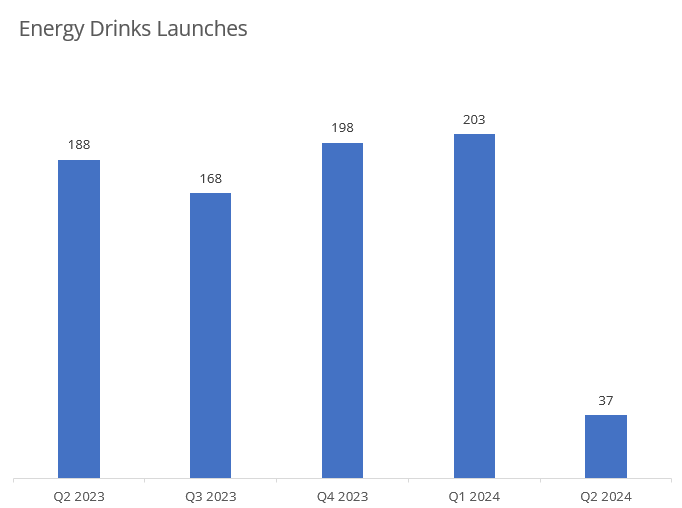
The Non-Alcoholic Beverage Market: Dynamics and Impact of Energy Drinks
Within the non-alcoholic beverage sector, energy drinks command a substantial market share of 16% to 18%, where they face stiff competition. Major rivals include ready-to-drink teas and sodas, highly competitive due to their caffeine and antioxidant contents. Additionally, the emergence of energy shots has intensified market competition, particularly in developing countries, fueled by growing demand in major markets such as the US and the UK, thereby contributing to the sector’s expansion.
In the United States, the energy drink market has seen a sharp increase in sales, reaching a market value of $21.1 billion, with expectations to grow to $22.7 billion by 2023. This surge underscores the robust and growing demand for these beverages across the country.
Research indicates a gender disparity in energy drink consumption, with men consuming them at a higher rate than women. Reports show that 39% of energy drink consumers in the US are male, suggesting a market skewed towards male consumers.
Key Players and Competitive Analysis
Major players like Red Bull, Monster, and Rockstar dominate the market, known for their aggressive marketing and widespread distribution networks. However, niche players such as Bang and V Energy are making waves by targeting specific consumer needs with unique flavors and health-oriented formulations. Competitive strategies in this space commonly involve high-profile sponsorships in sports and music festivals, innovative marketing campaigns, and regular product launches to maintain consumer interest and brand loyalty.
Here are some of the biggest companies in the industry:
- Red Bull GmbH – Based in Austria, Red Bull is arguably the most famous energy drink brand worldwide. Known for its iconic slogan “Red Bull gives you wings,” the company has established a strong market presence in over 170 countries. It is also renowned for its extensive sponsorship of extreme sports, music festivals, and esports events.
- Monster Beverage Corporation – An American company known for its Monster Energy drink, it is a major competitor to Red Bull. Monster has diversified its product line to include a variety of flavors and types, such as Monster Ultra, and Java Monster. It also engages in high-profile sponsorships in motorsports, BMX, skateboarding, and gaming.
- Rockstar Inc. – Now owned by PepsiCo, Rockstar caters to consumers looking for high-energy beverages and is popular in North America and parts of Europe. The brand offers a wide range of flavors and focuses on marketing strategies that target music and sporting events.
- The Coca-Cola Company – Through its ownership of brands like NOS and Full Throttle, and more recently the acquisition of a significant stake in Monster Beverage Corporation, Coca-Cola has a strong presence in the energy drink market.
- PepsiCo – In addition to owning Rockstar, PepsiCo has made several forays into the energy drink market with products like Mountain Dew Kickstart and Game Fuel, which are marketed as part beverage and part energy drink, targeted at younger demographics and gamers.
- Bang Energy – Manufactured by Vital Pharmaceuticals, Inc., a Florida-based company, Bang Energy has risen rapidly in popularity, particularly in the United States. Known for its sugar-free drinks with creatine, Bang markets itself as a healthier alternative in the energy drink landscape.
- Lucozade – Owned by Suntory Beverage & Food, a Japanese company, Lucozade is a popular energy and sports drink brand in the UK and several other countries. It is often marketed as an energy and recovery drink, favored by athletes and those needing a quick energy boost.
Consumer Trends and Preferences
Recent years have seen a surge in consumer preference for health and wellness products, which has significantly impacted the energy drink sector. Brands are reformulating products to reduce sugar content and incorporate natural ingredients like green coffee extract and guarana. Additionally, there is a growing demand for new and exotic flavors, which has led to a variety of offerings like dragon fruit, mango lime, and pomegranate blueberry. Innovative packaging solutions that offer convenience, such as resealable cans and smaller, more portable sizes, are also gaining traction.
Opportunities for Branding and Differentiation
To differentiate in a crowded market, new brands can leverage collaborations and sponsorships that align with lifestyle and wellness trends. For example, partnering with fitness influencers or esports events can provide visibility and credibility. Effective brand positioning that highlights unique product attributes such as organic ingredients, specific health benefits, or exclusive flavors can attract a loyal customer base. Engaging customers through robust digital marketing strategies, including social media interactions and targeted advertising, can further enhance brand visibility and consumer connection.
Regulatory Considerations and Challenges
Navigating the regulatory landscape is crucial, as the energy drink industry faces scrutiny over caffeine content and health claims. In the U.S., the FDA oversees beverage formulations, whereas in Europe, stricter regulations may apply, affecting both ingredients and marketing practices. Brands must stay informed of these regulations to avoid costly violations and ensure consumer safety. Additionally, expanding internationally requires understanding and adapting to local market regulations and consumer preferences.
Future Directions and Innovations
Emerging markets like Asia and Latin America offer new growth opportunities, driven by increasing urbanization and the young demographics’ rising disposable income. Technological advancements in production and distribution could lead to more personalized energy drink experiences, such as customizable caffeine levels or functional benefits. Moreover, sustainability initiatives, particularly in sourcing and packaging, could serve as key differentiators, appealing to environmentally conscious consumers.
Opportunities in Latin America
The Latin American market presents several compelling opportunities for beverage copacking companies with branded energy drink capabilities. This region’s growing economy, increasing consumer spending, and a shift in consumer preferences towards more diversified and premium beverage options create a favorable environment for copackers. Here are some key opportunities:
- Rising Demand for Non-Alcoholic Beverages: There’s a growing consumer interest in healthy and innovative non-alcoholic beverages such as energy drinks, ready-to-drink (RTD) teas, functional beverages, and flavored waters. Copackers can benefit by partnering with local and international brands looking to expand their product lines in these categories.
- Premiumization and Specialty Beverages: Consumers in Latin America are increasingly seeking premium and specialty products, including craft and artisanal drinks, organic and natural beverages, and custom formulations. Copackers can cater to this trend by offering high-quality production processes and certifications that appeal to health-conscious consumers.
- Flexibility and Scalability: As new beverage startups emerge and existing brands seek to innovate, there is a demand for flexible and scalable production options. Copackers that can offer small batch production runs enable brands to experiment with new products without committing to large volumes, reducing risk and initial costs.
- Local Market Access: International brands looking to enter the Latin American market can benefit from partnering with local copackers who understand the regulatory landscape, market dynamics, and consumer preferences. This can significantly reduce entry barriers, such as compliance with local food and safety regulations, and adapting products to local tastes.
- Cost Efficiency: Manufacturing costs in Latin America can be lower than in North America and Europe, offering cost efficiencies through local sourcing of ingredients and labor. This can be a strong selling point for copackers in attracting international brands seeking cost-effective manufacturing solutions.
- E-commerce Growth: The rapid expansion of e-commerce in Latin America, especially post-COVID-19, has opened new distribution channels for beverage companies. Copackers can support brands in developing products that are suitable for online sales and distribution, including robust packaging for shipping and smaller, more convenient package sizes.
- Sustainability Initiatives: There is increasing awareness and concern about environmental issues among Latin American consumers. Copackers that can offer sustainable and eco-friendly production options, such as using renewable energy sources, recycling waste, and biodegradable packaging, may find themselves at a competitive advantage.
- Logistical Advantages: For brands looking to distribute products within the Americas, manufacturing in Latin America can offer logistical advantages in terms of proximity and shipping costs, especially for reaching the U.S., Canadian, and South American markets.
Beverage copacking companies can build robust partnerships with brands looking to innovate and expand in the Latin American market, while also catering to the evolving preferences of local consumers.
The branded energy drink market offers significant opportunities for innovation and growth. By understanding the latest trends and consumer preferences, brands can develop targeted products that meet the evolving needs of a diverse global audience. Executives in the beverage industry should consider these insights to strategically position their brands and capitalize on emerging opportunities.
Executives are encouraged to go deeper into market research, consult industry experts, and attend upcoming beverage industry events to explore these opportunities further and position their brands at the forefront of the energy drink revolution.
Get Connected
GrowinCo. connects beverage brands with a network of top-tier co-packers to streamline your new product development. Whether you’re launching a new line of energy drinks, crafting a unique non-alcoholic brew, or expanding into the health and wellness beverage sector, GrowinCo can surely help!
Brands can effortlessly search and find co-packers that not only meet their specific production needs but also align with their values and goals. Our platform offers detailed profiles, capabilities, and certifications of co-packers across Latin America and beyond, ensuring you find the perfect match for your product requirements. From small batch capabilities for trial runs to large-scale production for market rollouts, our co-packers are equipped to handle all your manufacturing needs.
Now, if you are a co-packer in the beverage segment, GrowinCo. offers the unique opportunity to connect with emerging and established brands seeking to innovate within the beverage industry. As a member of our platform, you will gain exposure to a wide array of potential clients, ranging from startup ventures to large multinational corporations.
Our platform is designed to make connections as efficient and productive as possible, giving both brands and manufcatures the tools to secure new business and grow along with the booming beverage industry.
